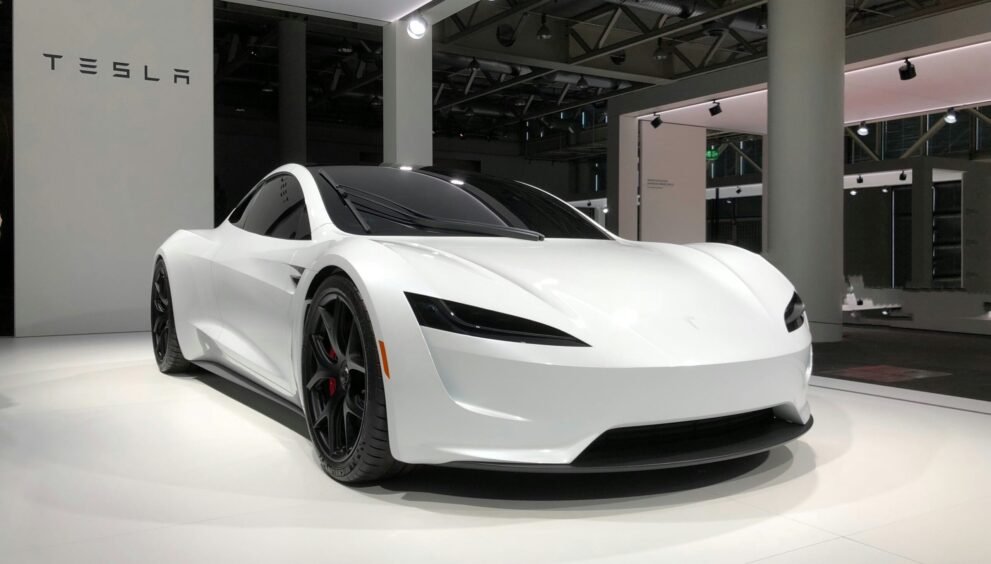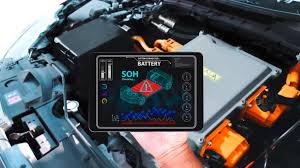What Is the Cheapest EV With Tax Credit? Budget-Friendly Electric Cars in 2025

What Is the Cheapest EV With Tax Credit? If you’re asking what is the cheapest EV with tax credit, you’re not alone. As electric vehicles (EVs) grow in popularity, many drivers are looking for cost-effective options that also come with federal and state incentives. Fortunately, 2025 brings a new wave of affordable electric cars that combine solid performance, decent range, and potential savings of up to $7,500 through tax credits.

This article explores the most budget-friendly EVs currently available that qualify for the U.S. federal EV tax credit. We’ll also dive into key considerations like range, charging, and long-term electric car maintenance savings. Whether you’re a first-time EV buyer or an eco-conscious commuter, this guide will help you make an informed decision.
What Is the Federal EV Tax Credit in 2025?
The federal EV tax credit—officially known as the Clean Vehicle Credit—offers up to $7,500 for eligible new electric vehicles. However, eligibility now depends on several factors:

- Final assembly in North America
- Income limits for buyers
- MSRP caps: $55,000 for sedans, $80,000 for SUVs and trucks
- Battery component and critical mineral sourcing requirements
Tip: Starting in 2025, the credit can be applied at the point of sale, reducing your purchase price immediately instead of waiting for tax season.
Top 5 Cheapest EVs That Qualify for a Tax Credit
What Is the Cheapest EV With Tax Credit? Let’s take a look at the most affordable electric cars that meet 2025 EV tax credit requirements.
1. Chevrolet Bolt EV (2023 Inventory)

- Estimated Price After Credit: ~$20,000
- Range: 259 miles
- Fast Charging: Yes (DC fast charging ~100 miles in 30 mins)
- Best For: Budget-conscious urban drivers
Although discontinued, the Chevy Bolt EV is still available at many dealerships with deep discounts. It’s one of the cheapest EVs ever to qualify for the full tax credit.
2. Nissan Leaf S

- Estimated Price After Credit: ~$23,500
- Range: 149 miles
- Charging: CHAdeMO port (limited fast-charging network)
- Best For: Local commutes and short-distance drivers
A veteran in the EV world, the Nissan Leaf remains a reliable entry-level electric car. However, its lower range and outdated charging system may not suit all drivers.
3. Hyundai Kona Electric SE

- Estimated Price After Credit: ~$28,000
- Range: 261 miles
- Fast Charging: 10–80% in ~45 minutes
- Best For: Families and daily commuters
The Hyundai Kona Electric offers a strong mix of affordability, practicality, and solid range. It’s a great choice for those needing a compact SUV.
4. Tesla Model 3 RWD

- Estimated Price After Credit: ~$32,490
- Range: 272 miles
- Charging: Access to Tesla’s fast Supercharger network
- Best For: Long-range commuters and tech-savvy drivers
Tesla’s Model 3 now qualifies for the tax credit thanks to revised battery sourcing. It’s the most advanced option in this list and offers best-in-class software features.
5. Mini Cooper SE

- Estimated Price After Credit: ~$23,000
- Range: 114 miles
- Fast Charging: Up to 50 kW
- Best For: City dwellers and short-range urban use
The Mini SE is perfect if you want a fun, stylish EV for local driving. However, its short range limits versatility for longer trips.
EV Range Comparison: How Far Can They Go?
Range matters—especially if you’re planning more than city drives. Here’s a quick EV range comparison for the cheapest models:
| Model | Range (EPA est.) | Starting Price (Post-Credit) | Charging Type |
|---|---|---|---|
| Chevrolet Bolt EV | 259 miles | ~$20,000 | DC Fast Charging |
| Nissan Leaf S | 149 miles | ~$23,500 | CHAdeMO |
| Hyundai Kona Electric | 261 miles | ~$28,000 | DC Fast Charging |
| Tesla Model 3 RWD | 272 miles | ~$32,490 | Tesla Supercharger |
| Mini Cooper SE | 114 miles | ~$23,000 | 50 kW Fast Charging |
Charging Speed: How Long Does It Take?
Charging time is critical, especially if you’re planning road trips or have no home charger. Here’s a general idea:
- Level 1 (120V): 3–5 miles per hour (overnight only)
- Level 2 (240V): 25–30 miles per hour (home or public)
- DC Fast Charging: 80% in 30–45 minutes (available in most newer models)
Some of the fastest charging EVs, like the Tesla Model 3 and Hyundai Kona, can recharge in under an hour at high-speed stations.
Long-Term Savings: Electric Car Maintenance Costs
EVs cost less to own over time due to fewer moving parts. Here’s how:
- No oil changes
- No spark plugs
- Less brake wear (regenerative braking)
- Fewer fluids to manage
According to, electric car maintenance costs are typically 30–50% lower than those of gas-powered vehicles.
Conclusion: Save Big With the Right EV
If you’re looking for what is the cheapest EV with tax credit, you’ve got great options in 2025. The Chevy Bolt EV still leads in affordability, but newer models like the Hyundai Kona Electric and Tesla Model 3 offer better range and features with full tax incentiveNo matter your budget, EV needs, or driving habits, there’s a cost-effective option waiting.






















































































































































































































































































































